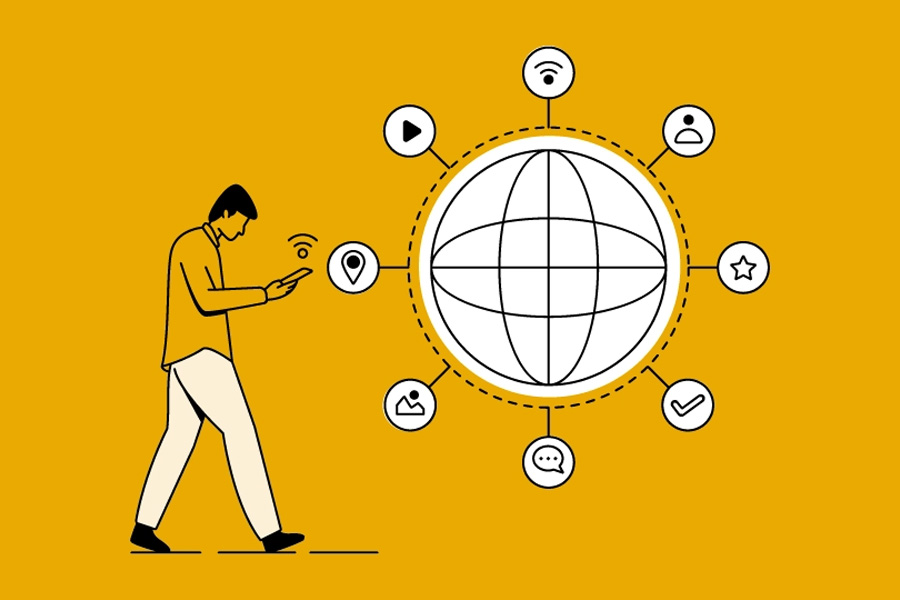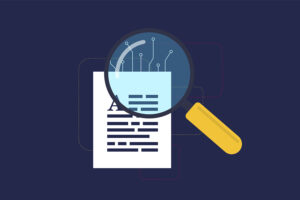
IoT Data Analytics and How to Extract Value from IoT Data
The Internet of Things (IoT) has revolutionized how we interact with technology, embedding sensors and connectivity into everyday objects to gather a wealth of data. From smart home devices to industrial machinery, IoT generates vast amounts of information that can provide valuable insights and drive decision-making. However, the key to unlocking the potential of IoT data lies in effective data analytics. Here’s how IoT data analytics can be harnessed to extract meaningful value from the data.
IoT data analytics involves collecting, processing, and analyzing data generated by IoT devices to derive actionable insights. This process transforms raw data into valuable information that can inform strategic decisions, optimize operations, and enhance user experiences. IoT data can come from various sources, including sensors, wearable devices, smart appliances, and industrial equipment.
The Importance of IoT Data Analytics
Enhanced Decision-Making:
By analyzing IoT data, businesses can make more informed decisions based on real-time insights. For example, retailers can use data from smart shelves to monitor inventory levels and predict demand, leading to better stock management and reduced waste.
Operational Efficiency:
IoT data analytics can identify inefficiencies and optimize operations. In manufacturing, for instance, data from sensors on machinery can be analyzed to predict maintenance needs, minimizing downtime and extending equipment lifespan.
Improved Customer Experience:
Companies can leverage IoT data to personalize and enhance customer experiences. For example, smart thermostats learn user preferences and adjust settings automatically, providing a more comfortable and efficient environment.
Cost Savings:
Analyzing IoT data can reveal opportunities for cost savings. Businesses can identify patterns and trends that lead to resource optimization, reduced energy consumption, and lower operational costs.
How to Extract Value from IoT Data?
Data Collection and Integration:
The first step in IoT data analytics is collecting and integrating data from various IoT devices. This involves setting up a robust infrastructure to handle the volume and variety of data generated. IoT platforms and data management systems can streamline this process by aggregating data from different sources and ensuring it is organized and accessible. For collecting data of remote employees use Controlio. It is an reliable and effective employee activity monitoring software.
Data Cleaning and Preparation:
Raw IoT data often requires cleaning and preparation to ensure accuracy and consistency. This process includes removing duplicate or irrelevant data, handling missing values, and normalizing data formats. Properly cleaned data is essential for accurate analysis and reliable insights.
Advanced Analytics Techniques:
To extract actionable insights from IoT data, advanced analytics techniques are employed. These techniques include:
-
Descriptive Analytics:
Analyzing historical data to understand past trends and patterns. This can help in identifying areas for improvement or evaluating the impact of past decisions.
-
Predictive Analytics:
Using statistical models and machine learning algorithms to forecast future trends and events. Predictive analytics can help businesses anticipate maintenance needs, forecast demand, and mitigate potential risks.
-
Prescriptive Analytics:
Recommending actions based on the analysis to optimize outcomes. This involves providing actionable recommendations to address identified issues or capitalize on opportunities.
Real-Time Analytics:
For applications requiring immediate responses, real-time analytics is crucial. This involves processing and analyzing data as it is generated, enabling businesses to make timely decisions and react quickly to changing conditions. For instance, real-time monitoring of industrial equipment can alert operators to potential issues before they lead to failures.
Data Visualization:
Presenting IoT data through visualizations such as charts, graphs, and dashboards makes it easier to interpret and communicate insights. Effective data visualization helps stakeholders understand complex information and make informed decisions based on clear, actionable insights.
Continuous Improvement:
The process of extracting value from IoT data is iterative. Continuous monitoring and analysis allow businesses to refine their strategies, improve operations, and adapt to changing conditions. Regularly updating analytical models and incorporating new data ensures that insights remain relevant and valuable.
IoT data analytics offers immense potential for businesses and individuals to harness the power of data generated by connected devices. By collecting, processing, and analyzing IoT data effectively, organizations can enhance decision-making, optimize operations, improve customer experiences, and achieve cost savings. Embracing advanced analytics techniques and investing in the right tools and technologies can help unlock the full value of IoT data, driving innovation and success in today’s data-driven world.



